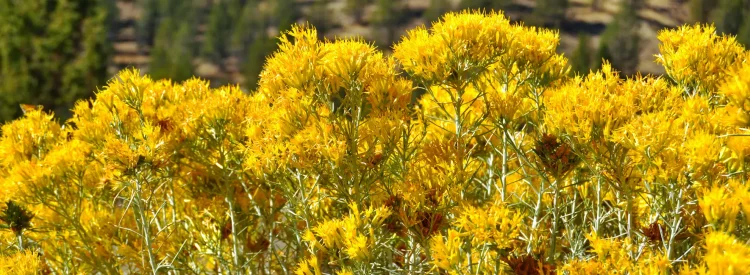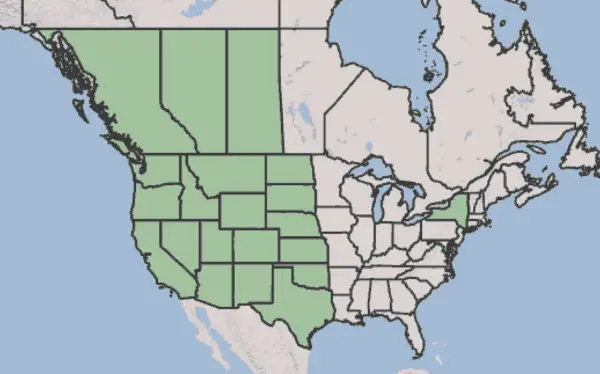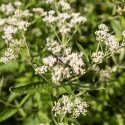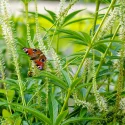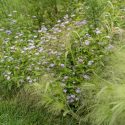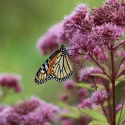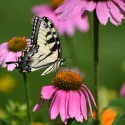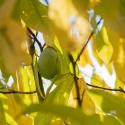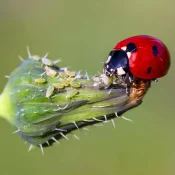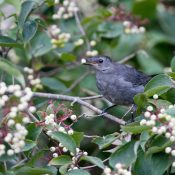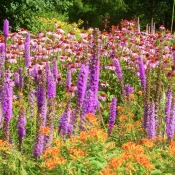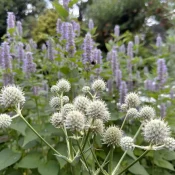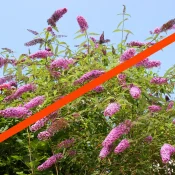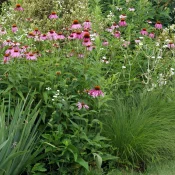Rubber Rabbitbrush is the king of no-fuss, drought-tolerant shrubs—and its leaves are a lovely, neutral silver that blends nicely into many gardens. It’s an excellent choice for water-wise or rock gardens, and it’s a keystone plant for the ecosystem.
If you’re in the Western U.S. and want to boost endangered native pollinators, read on to get to know one of the absolute top plants.
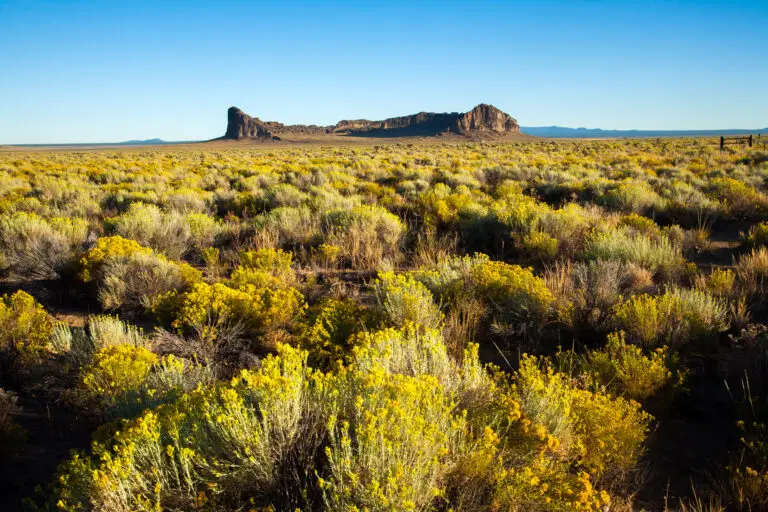
What is Rubber Rabbitbrush?
Rubber Rabbitbrush is a low shrub that is native virtually everywhere in the U.S. east of the Rockies. It usually grows about 3-4 feet tall, but can grow up to 7 feet if it’s happy. It needs to be planted in full sun.
It has silvery-gray foliage that is covered with bright yellow flowers in late fall that pollinators absolutely love, including monarch butterflies. It’s a keystone plant, meaning it’s one of the most important plants for local ecosystems and native wildlife.
It grows in deserts, mountains, rocky soils, and other areas that are tough for other plants. This plant is a survivor.
It’s sometimes also called gray rabbitbrush or chamisa. Speaking of names, you’re also probably asking—
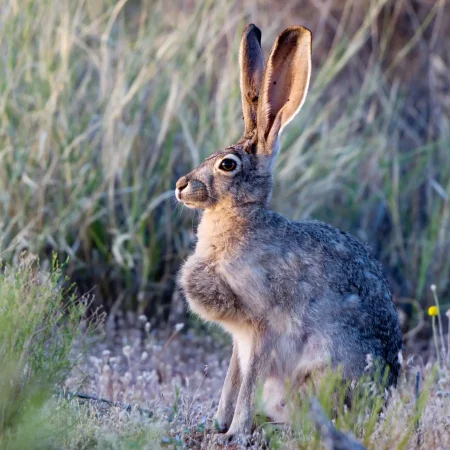
Why’s it called Rubber Rabbitbrush?
Jackrabbits love to shelter in this plant (though they don’t actually eat it). The “rubber” part refers to the sap, which does contain natural rubber. According to the USDA, this plant is also being evaluated as a source of natural bug repellents and even as an anti-malarial.
Why plant Rubber Rabbitbrush?
Two big reasons:
Rubber Rabbitbrush is an easy-to-grow plant for the garden. In the wild, it thrives in disturbed soils and other areas where many plants struggle, so you know it’s a tough cookie that won’t need watering and fertilizing and fussing.
The foliage is a neutral pale silver that blends well with many other colors in the garden, and its flowers adds a pop of bright color in late fall, just when everything else is winding down for the season. It will often produce lovely puffs of seedpods for the winter.
It’s perfect for rock gardens, waterwise landscapes, naturalized areas, pollinator gardens, or slopes. Its deep root system and fast growth make it an excellent plant for erosion control.
Rubber Rabbitbrush is also super important for local native wildlife. According to the National Wildlife Federation, Rubber Rabbitbrush is a host plant for 20 different caterpillar species, and provides food for 89 different kinds of (often endangered) native bees. It is also a haven for birds and jackrabbits to nest in.
If you live in an area where this shrub is native, you will be giving a boost to many native species by planting it!
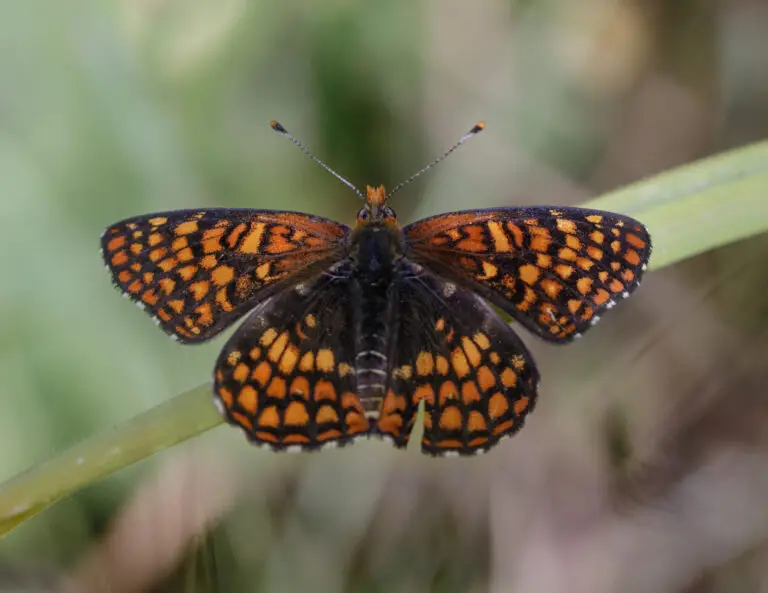
What is a host plant?
A host plant is a specific plant that a bug, butterfly, or caterpillar eats, lives on, or lays its eggs on.
One last, very cool reason to keep this plant alive—it might help scientists cure cancer.
A 2022 paper in Biomedicine & Pharmacotherapy found that extracts of Ericameria nauseosa significantly inhibited cancer-related activity in human melanoma cells. That’s exciting science—but it’s not a reason to eat or ingest this native plant. Let researchers do the lab work. For the rest of us, it’s just another reason to plant native.
How to grow Rubber Rabbitbrush
Rubber Rabbitbrush needs a spot in full sun and dry soil. Water it a few times in the first season after it’s transplanted, to help it get over the shock. After it’s established, it will survive on nothing more than rainwater.
Rubber Rabbitbrush is one of those plants that will get as big as you want it to. In ideal conditions, it will happily grow to a large mound up to 7 feet tall and wide. If you would like to keep it small or more compact, cut it down to about a foot tall in the early spring.
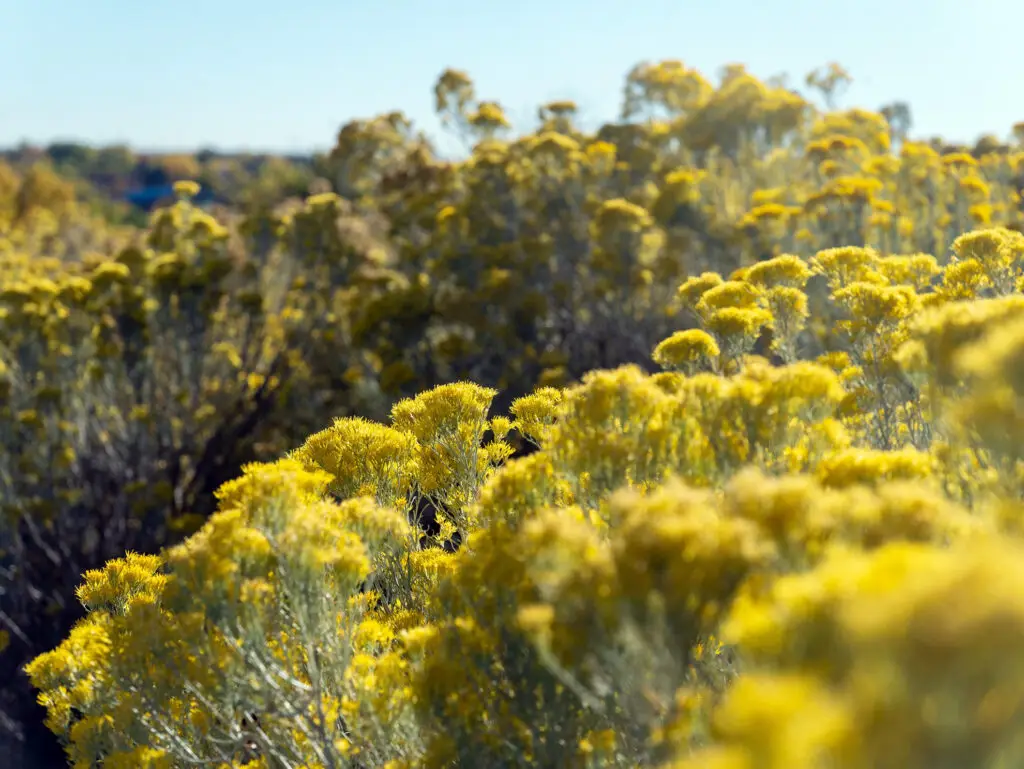
Where should I put Rubber Rabbitbrush in my garden?
- Rubber Rabbitbrush makes a good informal hedge.
- Plant it into a rock garden or xeric (water-wise) garden.
- Use it as a backdrop in a border to other smaller flowers.
- If you’ve got a spot where absolutely nothing else wants to grow, try Rubber Rabbitbrush.
- Plant it where you want some winter interest and enjoy the fluffy seedpods.
- If you have a slope that needs stabilizing, Rubber Rabbitbrush is your gal.
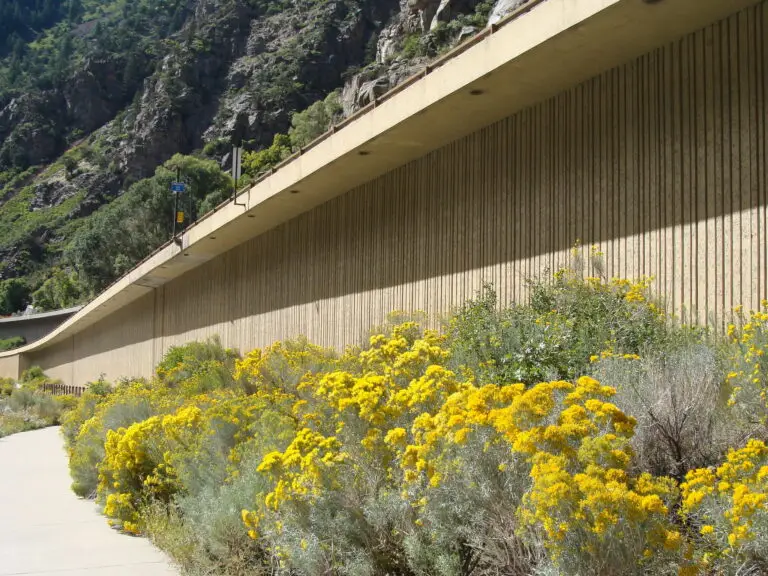
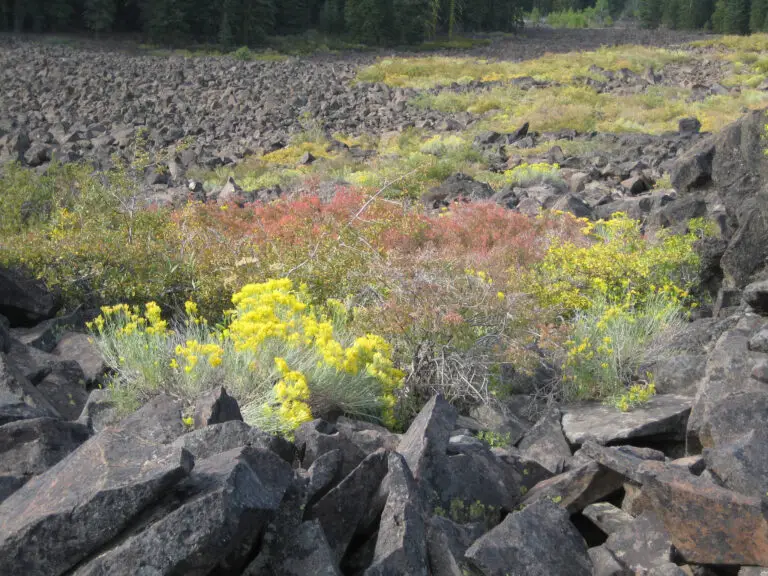
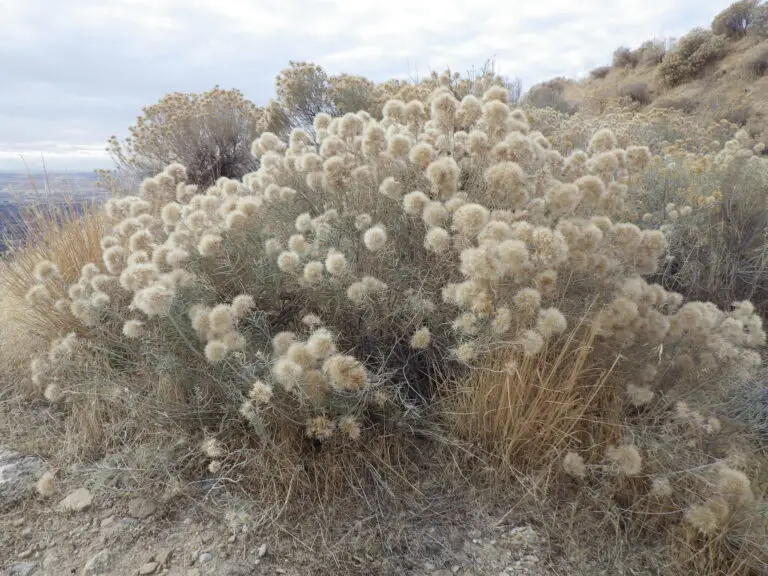
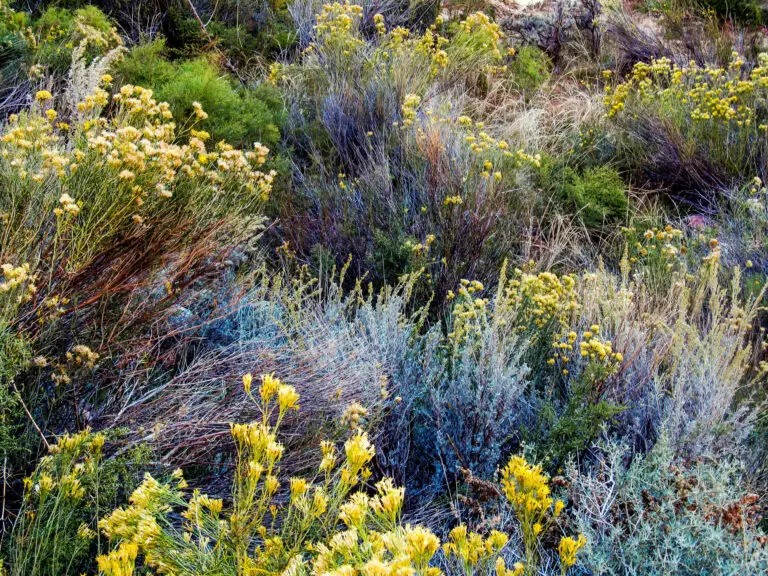
Where is Rubber Rabitbrush native?
Rubber Rabbitbrush is native virtually everywhere east of the Rockies. Check to see if it’s native in your area.
Where can I find Rubber Rabbitbush?
We are not going to lie and say that finding this stunning native shrub is going to be as simple as driving to your closest plant nursery. It might take a little extra energy to find this native gem, but it is worth it! Here are some recommendations for sourcing Rubber Rabbitbush:
Where can I find seeds and plants?
Finding native plants can be challenging (we partly blame Marie Antoinette.) To make it easier, we’ve assembled four sourcing ideas.
300+ native nurseries make finding one a breeze
Explore 100+ native-friendly eCommerce sites
Every state and province has a native plant society; find yours
Online Communities
Local Facebook groups are a great plant source
What should I plant with Rubber Rabbitbrush?
Pair it with Desert Penstemon, purple asters, agastaches, or Claret Cup Cactus for an eye-catching color combination.
To sum up, Rubber Rabbitbrush is a hands-down, can’t-miss for your garden if you want to boost native wildlife in the Western U.S., while also saving water and time in the garden. Plant it and sit back for years of fuss-free color.
Next, read about more drought-tolerant native plants in our guide to native grasses, or to make your garden a full pollinator’s paradise, check out more host plants for butterflies. Happy planting!
Sources
- National Wildlife Federation, Keystone Native Plants – North American Deserts
- U.S. Department of Agriculture Forest Service, Rubber Rabbitbrush
- Weaber, Marcia. “CO-Horts: Ode to rabbitbrush, the late season jewel of the garden.” Colorado State Universion Extension.
- Missouri Botanical Garden, Ericameria nauseosa
- Utah State University, Whitestem Rubber Rabbitbrush (PDF)
- Robinson Lab at the Department of Biology at Utah State University. “Native Caterpillars,” n.d.
- Scheinost, P.L., J. Scianna, D.G. Ogle. 2010. “Plant guide for rubber rabbitbrush (Ericameria nauseosa).” USDA Natural Resources Conservation Service, Pullman Plant Materials Center, Pullman, WA.
- Hell, Tanja, Maciej Dobrzyński, Fabian Gröflin, Jakob K Reinhardt, Lara Dürr, Olivier Pertz, Matthias Hamburger, and Eliane Garo. “Flavonoids from Ericameria Nauseosa Inhibiting PI3K/AKT Pathway in Human Melanoma Cells.” Biomedicine & Pharmacotherapy 156 (October 17, 2022): 113754–54.
What if your feed was actually good for your mental health?
Give your algorithm a breath of fresh air and follow us.
